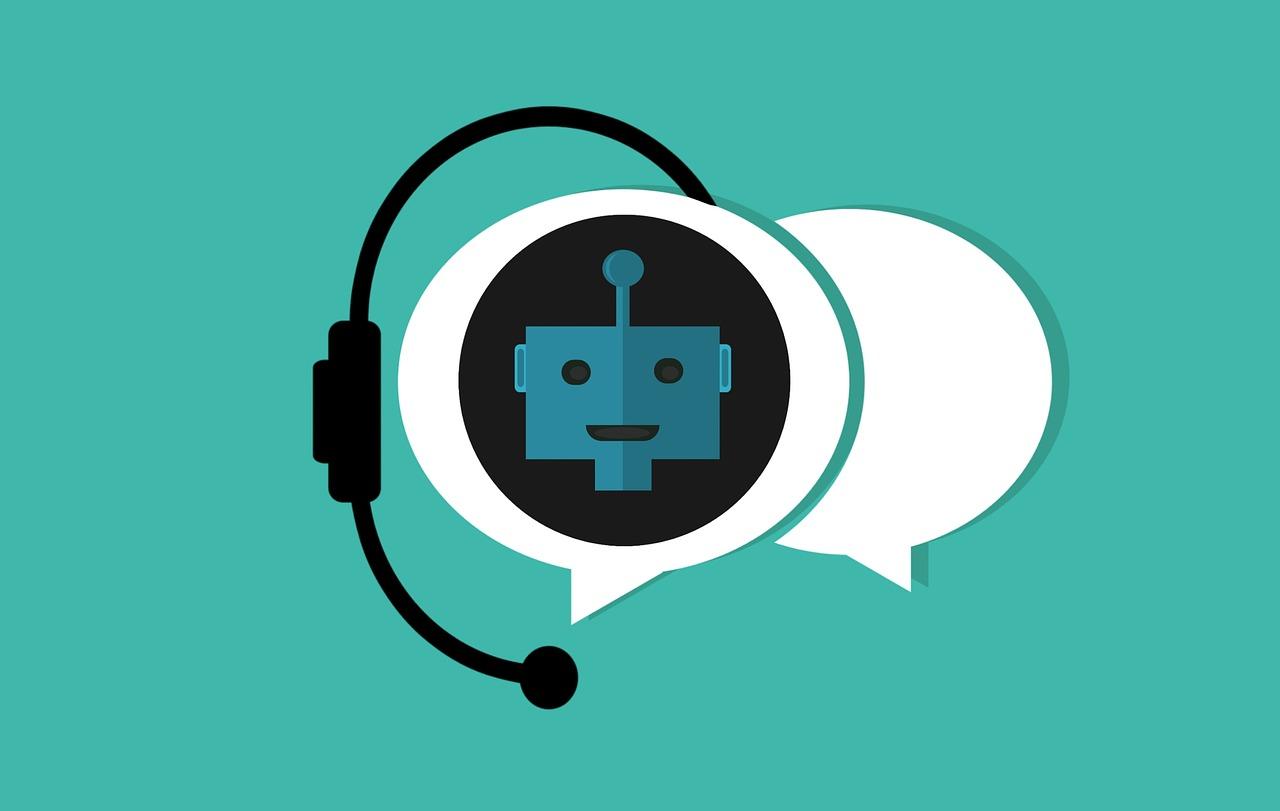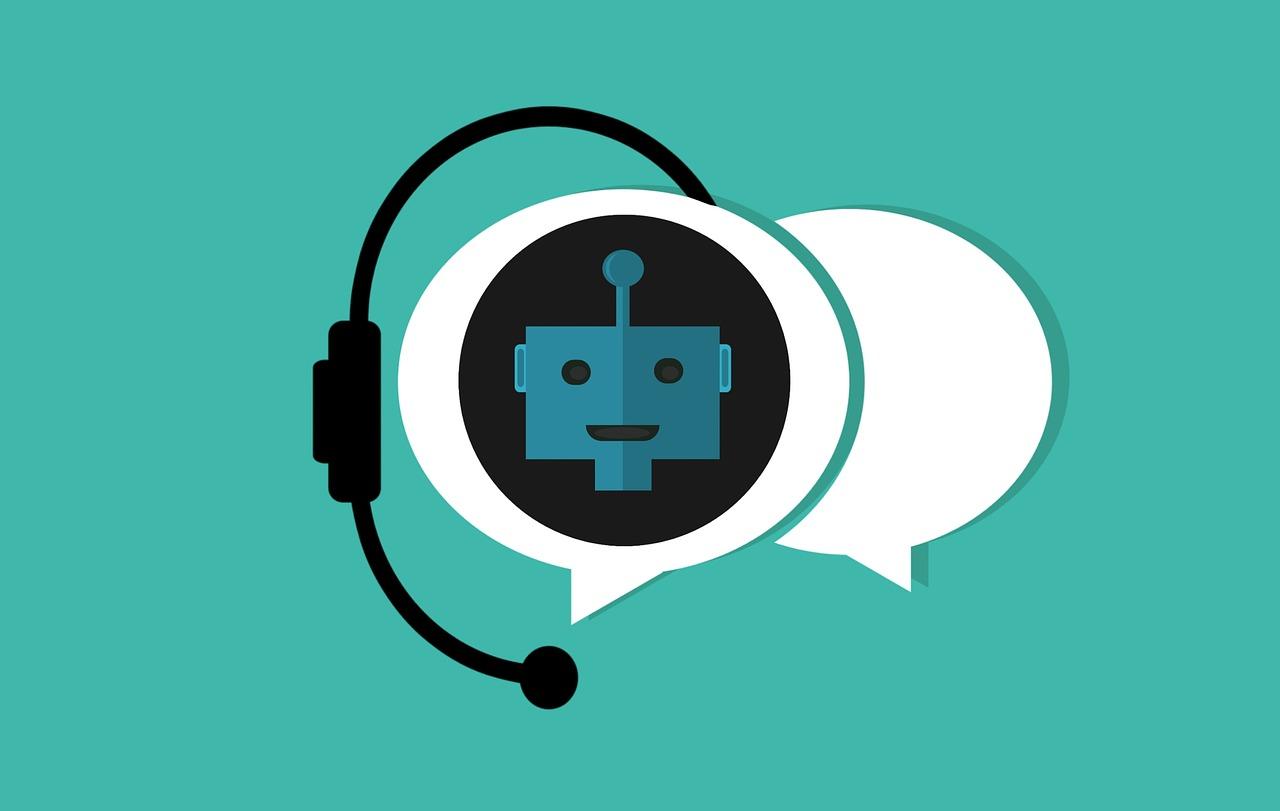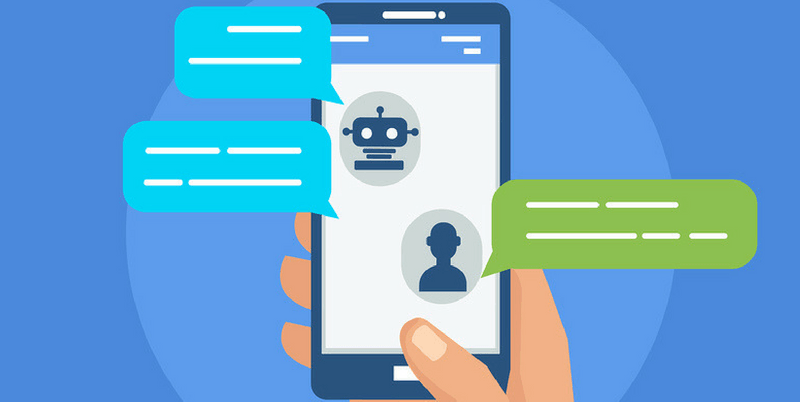Use it not Lose it: 5 Chatbot Mistakes that can Cost You Brand Value
Chatbots have become the buzzword in marketing. These bots can automate customer service, sales, after sale service - you name it! With major...

 Source: mohamed Hassan from Pixabay
Source: mohamed Hassan from Pixabay
A chatbot is an AI-driven software package that you can use to present information to customers in a way that closely resembles natural communication. Thanks to AI technology and machine learning, a chatbot can learn more as it receives input. Over time, the information and answers it provides become more accurate and more useful.
Unfortunately, until a chatbot receives information, it’s pretty clueless. A chatbot must be fed information to learn. While customer input certainly helps, there’s one problem with that. It’s not a good idea to give an entirely uneducated chatbot access to your customers. So, while exposure to customers can help a chatbot refine itself, you need data before you make it publicly available. Fortunately, much of the information your chatbot needs may be available in your CMS.
Knowingly or not, most people have interacted with a chatbot at this point. They’ve become the go-to for obtaining basic information. After all, why scroll through an FAQ page that’s several thousand words long when you can simply type in a query? That factor, simplicity, is the main reason why you should consider implementing a chatbot.
A study by Gartner reveals something that may be counterintuitive. Rather than creating customer experiences that offer a ‘wow’ factor, you are better off creating experiences that require little effort on the part of the user.
A customer is 22% more likely to make a second purchase and spend more money if they can accomplish tasks easily. Make it more difficult for them, and they are more likely to spread negative feedback.
Think of it like this. Your website is like a shopping mall with potentially dozens of stores (pages). Each is full of merchandise (content). The merchandise may be presented in all sorts of visually appealing ways. The shopping experience might be wonderful.
The only thing is, sometimes, shoppers just want a simple answer to a simple question. They don’t want to search. They don’t want an awe-inspiring experience. They just want to pose a question, and get an accurate answer.
That’s what chatbots do. They provide relevant information that customers request.
There are also more people using chatbots today than ever. A company that wants to stay competitive will struggle without offering chatbots as part of customers’ interaction options.
There are plenty of good reasons to use chatbots. When a customer reaches out to a chatbot for an answer, they get an immediate response. This means fewer frustrated customers waiting in queues. In addition to this, while there is a cost to purchase and maintain chatbots, they don’t require a salary or benefits. Chatbots can run 24/7. With the right ‘training’, and well-scripted dialogue from writing and translation services, chatbots can quickly provide useful answers.
There’s a flip side to all of that. Chatbots don’t always respond appropriately if a customer service situation takes a wrong turn. They aren’t able to really improvise. Chatbots can also miss certain nuances. For example, they can’t really detect sarcasm. Although, some can be trained to recognize certain words and phrases as signs of customer irritation or frustration.
A chatbot isn’t a single object. It’s a process. There are multiple elements that are part of the chatbot process. The first element is the intent. This is the goal of the interaction. Then there is the entity. This the ‘what’ that is being discussed with the chatbot. Utterances are the specific questions and requests that relate to the intent. For example, ‘what are your cheapest shoes?’ and ‘show me your least expensive shoes.’ are different utterances with the same intent. Finally, the responses are the answers the chatbot provides.
Most of the information chatbots need to answer customer questions are in existing content. Making that content available can be tedious. The best solution is to integrate your chatbot with your CMS. This starts with structured content. As you can imagine, if you’ve got a lot of content published that isn’t structured, you have a challenge ahead of you.
While it isn’t realistic to restructure all of your existing content, you might consider finding and rewriting content that has information that is most likely to be useful for chatbots. If this is a big enough project, it could warrant hiring professional paper writing services to rewrite that content and make sure your visitors get great user experience they deserve.
When content is structured so that every piece of content is created to answer a singular question, then it’s easier to map intents with responses. So, a set of utterances can be mapped to a single intent, and the intent is then connected to the answer provided in the content. If you have an FAQ page on your website, that may be as close to an ideal example of structured content that you can get.
By building an enterprise content model that focuses on consistency, structure, and organization you will make it easier for your chatbot to gain the information it needs. This will result in more satisfying customer experiences.
Need help with your chatbots? Get in touch or check out the sample chatbots here

Chatbots have become the buzzword in marketing. These bots can automate customer service, sales, after sale service - you name it! With major...

Chatbot is a conversational interface, infused with the artificial intelligence, cognitive abilities and the power of natural language processing. It...

With the change in technology and involvement of artificial intelligence and machine learning in our day to day life, things have become more dynamic...